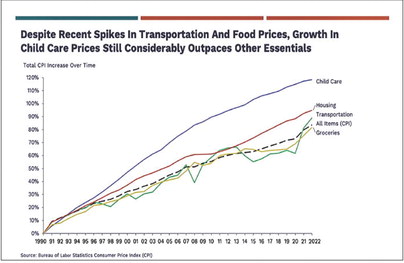A year in the black


Grain farmers confident they’ll enjoy profitable prices
Marathon County farmers this past weekend tilled and planted cropland with corn and soybeans knowing that they should be able to lock-in a cash grain profit. It’s the first time since 2012 that grain markets have been this good, according to Dr. Paul Mitchell, UW-Madison professor of agricultural and applied economics.
The ag economist said on Monday that corn was selling at the Chicago Mercantile Exchange for $7.34 a bushel and soybeans for $15.65 a bushel.
Locally, this means farmers should be able to sell corn, after shipping and handling charges, for $6.70 a bushel and soybeans around $15 a bushel.
The higher prices are mostly the result of higher purchases by the Chinese who, after losing most of their pork production due to the African Swine Fever, are rebuilding their hog industry in six-story, biosecure high-rise facilities where all feed is treated with ultraviolet light.
“The Chinese are flipping from a backyard hog industry to pork at a massive scale,” said Mitchell.
A drought in Brazil is also helping to send U.S. grain prices higher, he said.
Mitchell said that Trump administration trade agreements with the Chinese are not having any real effect on commodity prices.
“That would be a political mirage to see this as having anything to do with trade agreements,” the professor said. “The Chinese are going to do what the Chinese are going to do.”
Mitchell said it’s difficult to know whether a worldwide shortage of grain, especially in China, will persist past this year. He said China is the world’s second largest producer of corn, but that Chinese corn yield is only half of the American yield. Chinese fields are small and their corn genetics are less productive. Chinese agriculture is modernizing, said Mitchell, but largely faces third-world problems that the United States dealt with years ago.
Despite high prices, Mitchell predicts a fairly stable corn and soybean production year in Wisconsin, where cash grain will be planted where it is normally planted. “You are not going to see fence row to fence row cropping,” he said. “Most cropland is already set.” He said other states, such as the Dakotas, Louisiana and Mississippi, see dramatic shifts in which commodity is grown each year, but not in Wisconsin. That’s because farmers here have limited options, essentially, either corn or soybeans.
Mitchell said there is hand-wringing whether southern Wisconsin and western Iowa grain farmers will be hurt by a dry spell. A poor harvest in the country’s traditional Corn Belt could shoot prices even higher, he said.
What’s good news for grain producers is bad news for dairy farmers, Mitchell said, because higher grain prices will translate into higher feed costs for cattle.
“Dairy is projected to be tight,” he said. “Your low cost producer will get a fair rate of return, but a higher cost producer is going to wonder if he’s getting a fair return on his time and assets.”
Mitchell said the exit of dairy farmers continues at a steady four percent rate each year. A low margin year could accelerate that pace, he warned.

PLANTING SEASON-A large John Deere corn planter on Saturday takes advantage of warmer temperatures to start this year’s growing season on cropland located in northwest Marathon County.




